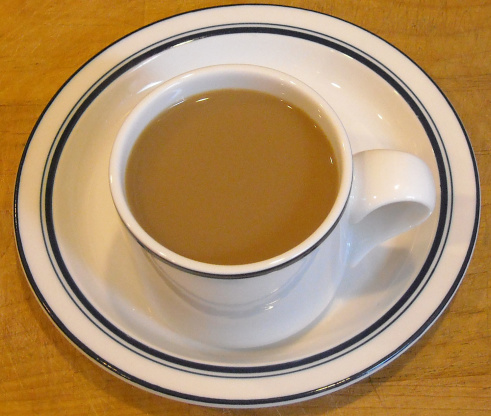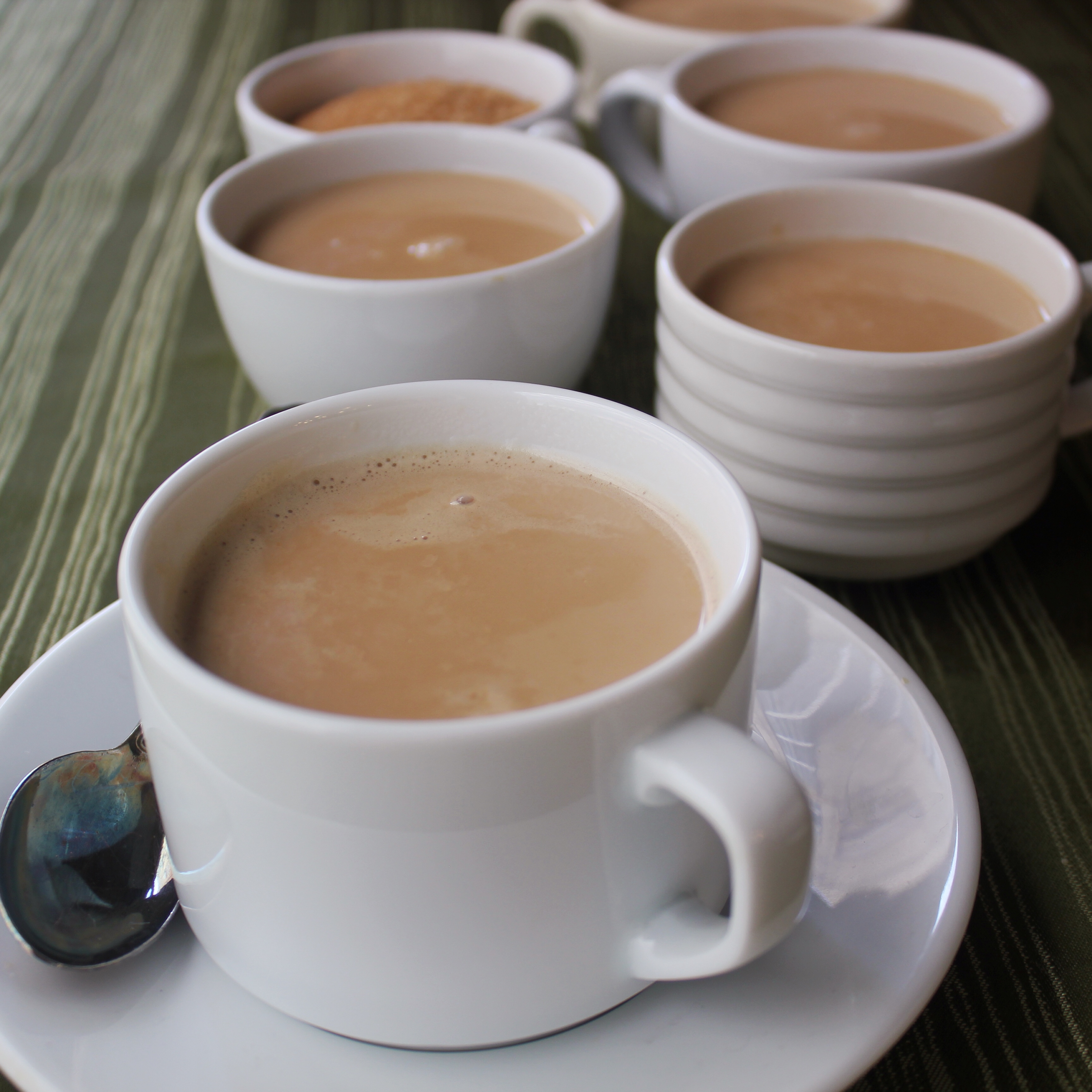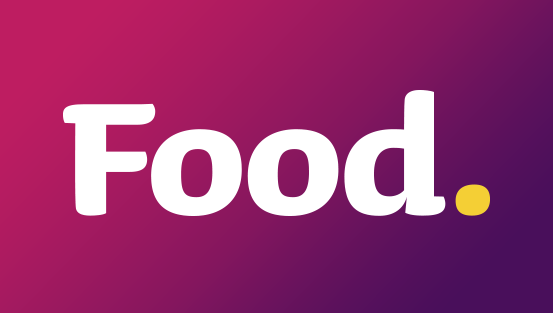Recipes
Cafe Au Lait with Chocolate Dipped Spoons Recipe - Paula Deen
Make serving coffee to guests delicious and fun with this recipe. Brew some fresh, hot chicory coffee, add cream and sugar cubes based on your preference. Give each guest a chocolate dipped spoon to stir their hot coffee for a sweet, creamy treat...







:max_bytes(150000):strip_icc()/SES-cafe-au-lait-recipe-1374920-hero-01-b1463e806a7947e7b8b17979ab70eab3.jpg)
:max_bytes(150000):strip_icc()/ms-037_CoffeeFeatherCake_395-d67d72e63d7845919b372b3a1b97fe50.jpg)
